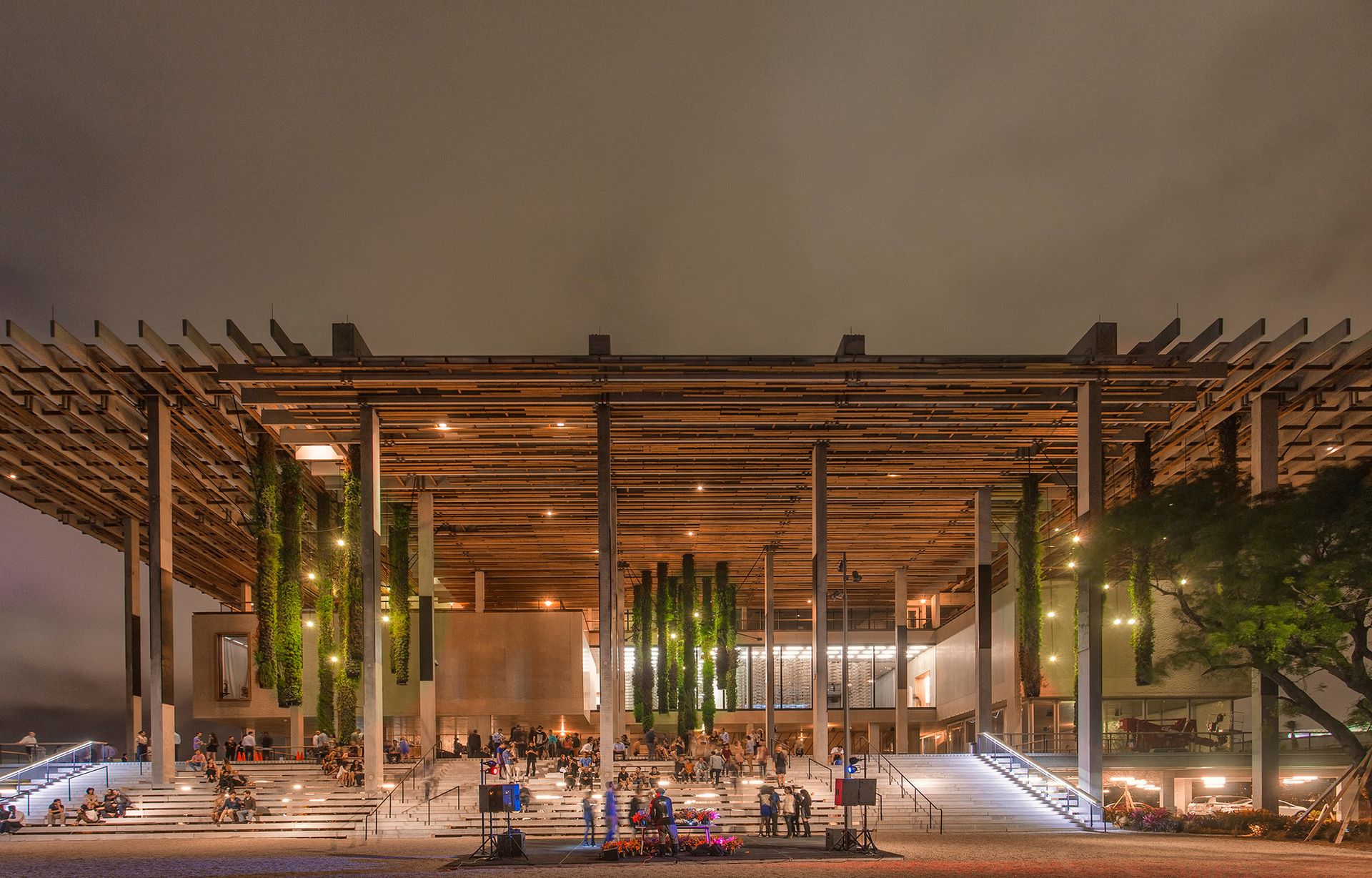The Pérez Art Museum Miami (Pamm) has bagged a rising star as its new director. Franklin Sirmans, the 46-year-old curator of contemporary art at the Los Angeles County Museum of Art (Lacma) and artistic director of the 2014 Prospect New Orleans biennial, will officially take over the Florida institution on 15 October. But he has wasted no time getting started. Sirmans flew to Miami to introduce himself to the museum’s staff ahead of his formal appointment today, 4 September.
The 46-year-old curator has his work cut out for him. PAMM’s $131m new waterfront facility designed by Herzog & de Meuron, which opened in 2013, has been well attended and widely praised. But Sirmans will be tasked with boosting the museum’s endowment, which currently stands at $20m. (A spokeswoman says the institution is on track to hit a $35m goal by the end of 2016.) He will also be charged with beefing up the museum’s modest—and somewhat patchy—collection of 1,800 works of Modern and contemporary art. Neither task will be easy in a city dominated by collectors already bankrolling their own private museums.

Before he gets to any of that, however, Sirmans plans to “go back through the literature, go through the archive and get a sense of all the history,” he says. Since the museum was founded in 1984 and began collecting in 1996, “it’s all there—you can see it in front of you. This is a place that I can see growing up with.” Ahead of his first day on the job, the new director offered a peek at his plans.
How will your experience as a curator shape your approach as a director?
As curators, when you want to get something done, you have to be able to get behind it as well. We’re all out there trying to generate support — not only interest, but also [financial] support. We’ve had to do that as curators for quite some time. Now I will look at that on a grander scale. How do we juxtapose monographic and group exhibitions? We’re not just selling one exhibition, but the museum as a whole and exhibitions that follow each other and go up against each other. My department at Lacma was the same size as the entire curatorial staff here. So we are thinking along a similar scale.
How might you approach a museum in Miami differently from one in Los Angeles?
Both cities are changing — and it’s rapid change. It’s not like New York or Boston. Lacma only began in 1965, and to come here [to Pamm], which has a history that stretches back to 1984, will be fascinating. I was already in school by the time the museum became a collecting institution. But being on opposite sides of the country, they are also completely different. Miami is a centrepoint for a conversation between the Americas that comes right out of the Caribbean. It is also a place that is becoming more important every day in terms of business and international economies. It has the backdrop of a diverse population and I am excited to think about how that will be reflected in the exhibitions that we do.
Pamm did not start acquiring art until 1996. What are the collection’s biggest strengths, and what do you see as its biggest holes?
You may want to check back in with me in three months and I can answer that more fully. Right now, I would say that there are singular objects everyone speaks about: a wonderful [Gerhard] Richter, a Lynette Yiadom-Boakye painting, work by Beatriz Milhazes, who is so important here. I also think about the influx in 2013 of the Pérez collection, which is a little different from the [contemporary] work that gets identified with Miami and donors like Craig Robins and Dennis Scholl. It gives us a sense of the modern. I think it’s important to have a foundation in Modern art — it’s something that we can do here in a way that you won’t be able to see anywhere else. I think there are artists in there that will lead us forward.
How has the role of the museum director changed in the past 20 years, and how do you understand that role today?
In that time, the museum has changed. It’s become broader in terms of what it does and what it can be. The museum has become even more of a place of community and a place where we look for education — it offers programmes for people from ages three to the end. It’s a place where people learn and see each other and have conversations and eat and dance and listen to music. Those things are a more pronounced part of the museum today than they were 20 years ago. And that affects how we look at things curatorially, too. You have to think about web presence, for example, and not just how pictures look on the wall. That collaborative nature is what is exciting about museums as a forum.

